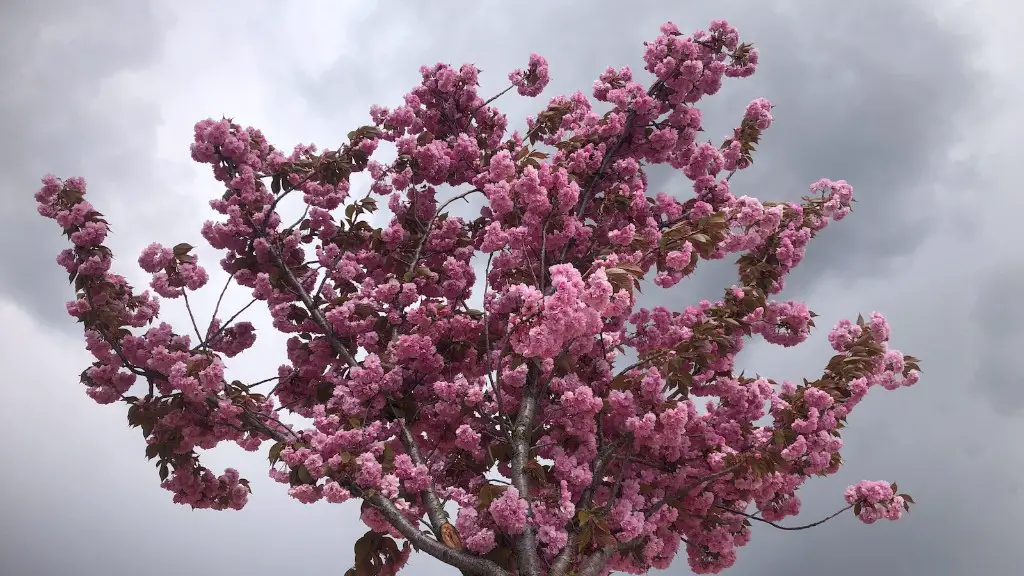When considering what size pot for palm trees, it is important to consider the growth rate and potting needs of the palm species. Pre-made pots in various sizes are available for purchase for those wanting to keep their palms in pots. If the palm does not grow too large, then the palms can be safely left in the pot for many years. For larger species of palm, eventually repotting into a larger pot will be necessary.
The difficulty in choosing the most appropriate pot size when shopping for a pot for a palm tree is twofold. Firstly, it is the canopy of the palm that creates the visual effect and if the pot size is too large, the palm will look spindly and thin. This is especially important for indoor palms. Secondly, too large a pot for a young palm can result in the roots becoming too wet and oxygen-starved and cause rot.
To determine palm tree pot size, the palm species must first be identified. Often, the palm can be determined by its leaf shape or a retailer may already have labeled the palm by species. For example, a young parlor palm will look very different from a young royal palm. Once the species is taken into account, it is important to examine the size of the root ball and check recommendations made by the supplier or expert advice.
When selecting a pot, it is important to note that the larger the pot, the more space available to allow root growth. Smaller pots will restrict the growth of the root system and the plant size, while larger pots may encourage rapid growth and the need for frequent repotting. The general rule of thumb is to select a pot that is 45 cm wide and 45 cm in depth, because this gives ample space for the palm’s root ball and leaves plenty of room for growth.
Also take note of the drainage holes at the base of the pot. Some pots come with drainage holes which allow excess water to escape from the pot, helping to prevent waterlogging of the soil. Check to see if the pot has a plug to cover the holes. If the pot does not have a plug, then the container should have a layer of rocks or other materials to help prevent the soil from washing out.
In addition, consider the materials used for the pot; clay, plastic, composite, and metal all have their pros and cons. Clay pots are naturally porous, allowing air to move through the pot walls which helps keep the soil aerated and promotes air circulation. Plastic pots are often lightweight, inexpensive and come in many different patterns and designs. Even though plastic is lightweight and inexpensive, it has a tendency to heat up in the direct sunlight and can damage the roots. Composite and metal pots offer durability and longevity, but they require insulation to protect the roots from the heat.
It is important to monitor the health and growth of the palm, as any signs of root or dieback may indicate the need for repotting into a larger container. As with any living plant, adequate air and water flow should be maintained to help promote healthy growth. Proper potting and maintenance can help to ensure that your palm tree will remain healthy and vibrant for many years to come.
Fertilising Palm Trees
Palms are generally very hardy plants and don’t require frequent fertilising. They can survive on the nutrient levels in regular soil and the natural breakdown of organic matter found in the soil. However, fertiliser can be beneficial in helping to promote healthy growth and vibrant foliage. Fertilising your palms is generally done using a slow-release balanced 10-10-10 or 8-2-12 (N-P-K) fertiliser, applied every three to four months in the growing season. A general-purpose fertiliser with trace elements or a specific palm or citrus tree fertiliser can be used, depending on the type of palm.
It is important to follow the instructions on the fertiliser packaging as applying too much fertiliser can lead to burning of the plant roots and foliage. Careful attention should be paid to fertilising around the base of the trunk, avoiding direct contact between the fertiliser and the palm. A fine layer of mulch over the soil can help to retain nutrients and offers an added layer of protection for the palm’s roots.
Watering Palm Trees
Proper watering is an essential part of keeping your palm trees healthy. While it is true that palms can survive extended periods of dryness, some species such as fan palms, are particularly susceptible to water stress. Watering should be done thoroughly, taking into account the type of potting soil used, the size of the pot, and the species of palm. Soil-based potting mixes tend to dry out more quickly than peat-based mixes and make require more frequent watering.
When determining how often to water, feel the soil around the root area and water when it begins to feel dry. Generally, palm trees should be watered once every week to ten days for indoor plants and more frequently for outdoor plants. Overwatering is as damaging as underwatering, so it is important to get a good balance. During the summer months, it may be necessary to water more frequently.
Sunlight Requirements for Palm Trees
Different palms prefer different levels of light, ranging from full sun or partial shade. Generally, most species need at least 4 to 6 hours of direct sunlight per day, however it is best to research the specific species of palm tree before settling on a spot.
In addition to the intensity of light, the direction it comes from is also important. Allowing bright, indirect light to reach your palm can be beneficial. Most palms, such as Majesty Palms, Phoenix Palms and Clustered Fishtail Palms, should be placed in a spot that gets plenty of sunshine throughout the day, while others such as Bamboo Palms, Castor Palms, and Silver Palms should be given shade from direct sunlight.
Temperature for Palm Trees
Palm trees are quite tolerant of different temperature ranges, but it is important to note that some species are more cold-hardy than others. Generally speaking, most palm trees prefer temperatures between 18-32˚C, and will do well in temperatures of up to 40˚C. Temperatures above 40˚C can cause leaf damage and heat stress, so be sure to keep an eye on the temperature if the palm is placed in direct sunlight.
Palm trees can tolerate lower temperatures, provided they don’t drop below 7˚C, as this can cause cold damage or even death to the palm. It is best to monitor the temperature closely in areas with freezing winters, and if necessary, cover the palm with blankets or a low snow cover until temperatures rise.
Pruning Palm Trees
Proper pruning is an important part of ensuring your palm trees remain healthy and robust, and can help to promote a healthy shape, encourage new growth and reduce the risk of damage caused by insects or disease. Generally, it is best to prune away any dried or dead fronds, as this can help to improve the overall appearance of the plant.
It is important to note that most palm trees do not require frequent pruning, as it can stress the tree out and make it more susceptible to cold and pests. Generally, only removing dead fronds is sufficient, as well as removing any sucker growth from the trunk, if this is desired. For palms that produce blooms, it is advised to wait until the blooms have passed before pruning, as this will help to prolong the life of the bloom.




